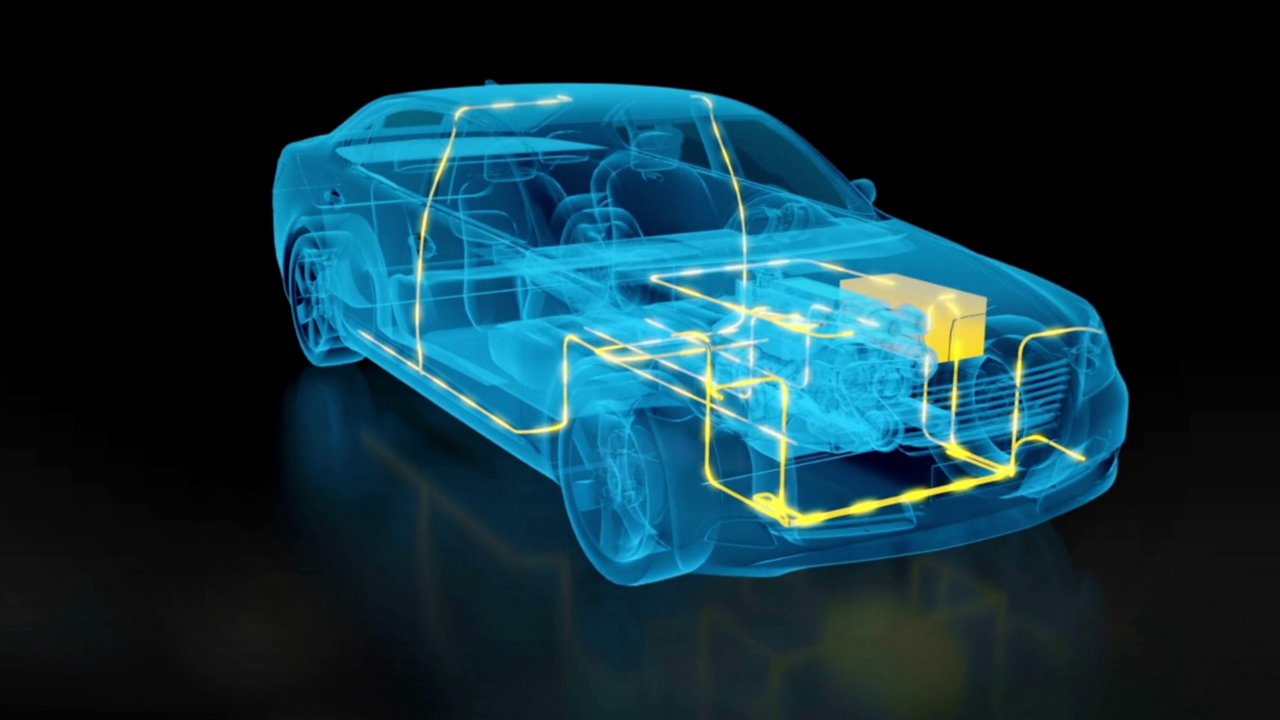It’s expected that the global production capacity for electric-vehicle (EV) batteries will need to more than triple from 2020 to 2025 to meet the world’s estimated EV production target.
If you help run one of the many EV battery megafactories or “gigafactories” that are in operation today, or you’re helping launch one of the more than 100 gigafactories that are planned to be built, you may feel confident that this goal will be met.
But it’s important to remember that delivering the billions of watts of energy that EVs will need in the coming decades will require more than scaling up traditional production techniques and technologies a massive amount. It will require new ways of thinking about production processes to maximize speed, flexibility and throughput.
To that end, here are two capabilities that should be considered in every gigafactory:
1. Intelligence conveyance systems
Keeping up with growing EV demands while also accommodating changes to EV battery technology will require high-performance, flexible machines.
Equipment like traditional conveyance systems may only slow you down. These systems use motion-control technologies with hundreds of mechanical details, like rotary-driven chains, belts and gear boxes. As a result, the systems have limited flexibility as well as operational speeds and acceleration/deceleration speeds that may fall short of your gigafactory’s needs.
A better alternative is a motion-control system with independent cart technology. Free from the constraints of a traditional conveyance system, this system can:
- Create faster, more flexible battery lines using independent, programmable movers.
- Dramatically reduce changeover times with simple software profiles that allow you to change products at the push of a button.
- Reduce downtime because they have fewer moving parts.
In one case, Eagle Technologies used this technology on a battery pack assembly machine it developed to help maximize EV battery throughput.
The machine’s capabilities span from individual cell sorting to full battery module and pack assembly, while also performing required testing. The machine incorporates linear servo motors that position loads in precisely the correct direction at high speeds. And changeovers simply involve selecting the correct mode from the operator interface.
2. A digital thread
What is a digital thread? It’s a continuous flow of information that turns insights into actions and connects previously siloed business functions, improving their ability to work together.
A digital thread can help you do that.
With MES software, for instance, you can integrate your control and business systems to execute and track orders across your enterprise. You can also gain the additional context you need to turn production data into actionable information.
You can even start small with MES applications that address your specific manufacturing challenges.
Want to get a handle on defects? Use an MES quality application to track, identify and alert when either a machine’s or operator’s processes go outside of their prescribed limits. Or you can use a track-and-trace application to gain complete traceability of batteries through the manufacturing process and help make sure that batteries are safe for use.
Eventually, you can scale up the applications to an enterprise MES software that gives you one version of truth across your operations.
Other innovations can help you ease access to digital thread insights. “Smart objects,” for example, build into the control automation layer the capability to capture the OT context of data throughout the digital thread. The contextual data is packaged into a configurable information model, which can then be easily consumed by upstream IT applications to uncover higher-value industrial performance insights.
Charging ahead
The fast-growing EV market requires highly efficient, flexible and data-driven gigafactories that can produce EV batteries in high volumes, at high speeds and at a consistently high quality. Learn more about how you can power high-volume EV battery production.
Published April 13, 2021


